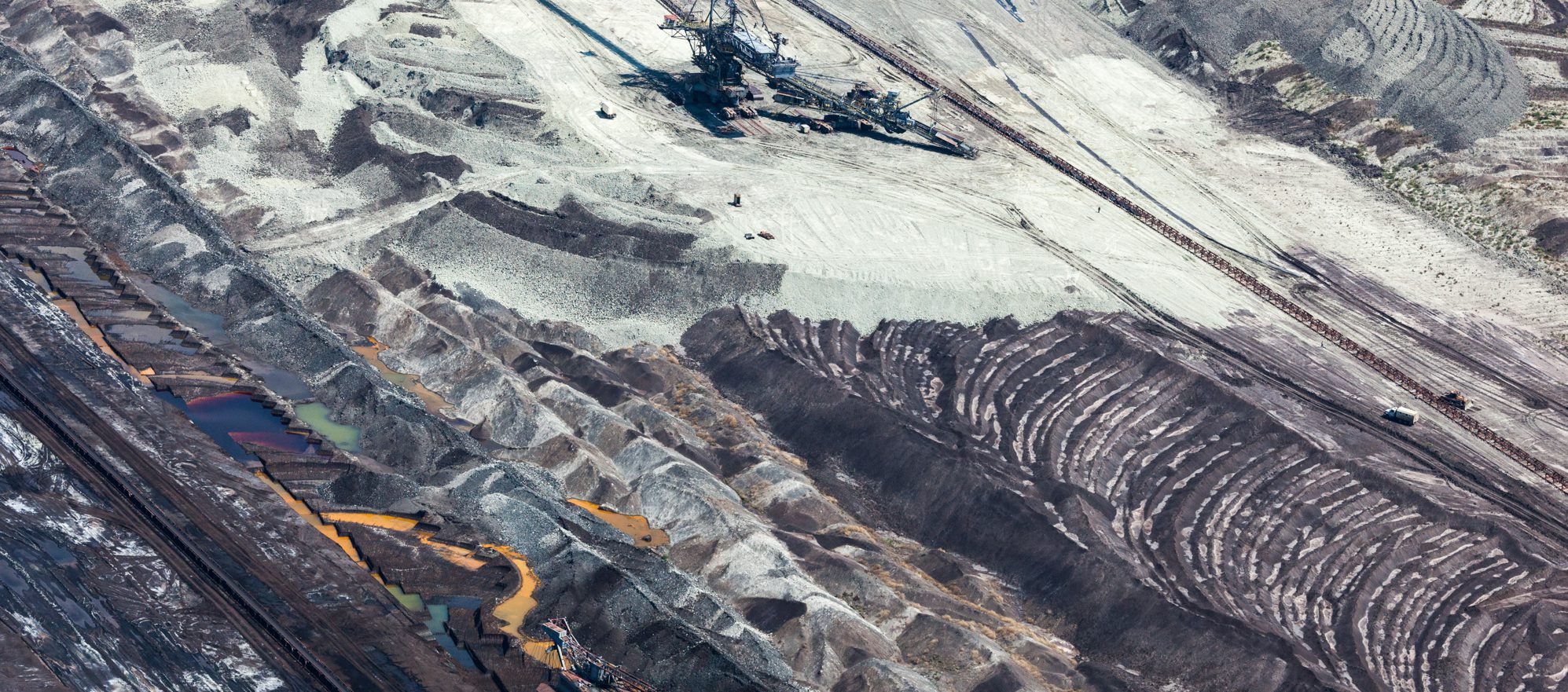
Slovakia, under the leadership of newly elected President Zuzana Caputova, an environmentalist and Goldman Prize winner, has made it official: it is backing an EU 2050 carbon neutrality goal.
This week, Caputova had a first meeting with Prime Minister Peter Pellegrini, from whom she heard that „the government is preparing a large package of measures on environmental issues”. These included embracing the idea of carbon neutrality by 2050, announcing the end of subsidies for brown coal mining in Slovakia, and the transformation of the Upper Nitra region (the main coal region in Slovakia).
“These are the important topics I have entered into the campaign. I am pleased to receive assurances and very specific terms and facts on the subject,” Caputova commented at the end of the meeting.
The Prime Minister assured the President of the termination of electricity production from coal by 2023 – and this was an unexpected and welcome piece of news. In Slovakia, electricity is produced from coal in two regions: in Upper Nitra, domestic, state-subsidised coal is burnt at the Novaky power plant; and in eastern Slovakia, hard coal from Ukrainian Donbas is burnt at the Vojany power plant.
While the Slovak government is soon to adopt a just transition action plan for the Upper Nitra region, it clearly has to start working on a similar vision for the region around Vojany. A recommendation on that aspect from Lenka Ilcikova, Bankwatch Just Transition coordinator:
„The Vojany power plant is located in eastern Slovakia. According to publicly available data, the total number of employees of the coal-fired power plant is approximately 400, 130 of which are operating directly at the power plant. Thus, compared to the region of Upper Nitra, a significantly lower number of people are concerned. However, it should be recalled that the power plant is located in the district with almost double the unemployment rate of the average of Slovakia. Every ninth person has no job here. That is why a fair transformation of the sector will have to be sensitively approached. The necessary planning should be accompanied by sufficient material support so that the transition is socially just here.”
What about the rest?
If Slovakia has definitely turned into a climate leader of the Visegrad region, it is less clear what the other countries in the region will do during Thursday’s European Council, when the EU is hoping to announce an EU-wide 2050 carbon neutrality target. After Germany announced backing the goal, many expect CEE countries to now follow suit.
On Wednesday, Brussels media reported that Hungary was now ready to lend its support to the EU’s 2050 carbon neutrality goal.
According to Euractiv, Hungarian Innovation Minister László Palkovics had said on Monday that Hungary would back the EU plan to go carbon neutral by 2050.
“Without atomic energy, there is no climate neutrality,” Palkovics however specified to the reporters he was addressing Monday as quoted by Euractiv.
At the time of publishing this text, there is no confirmation that indeed Orban will take this line during the summit – but there is hope.
It is similarly unclear, at the time of writing, what position Czechia will take, though recent news that the government was preparing the launch of a Just Transition Commission modelled on the German one might indicate that the Czech executive could be moving in the direction of accepting the EU goal.
Poland, however, remains the toughest nut to crack in the region. It’s the biggest coal consumer and also the country in the block which has been most relentlessly blocking EU efforts to make progress on climate.
“The decision (on 2050 carbon neutrality) should be based on a proper analysis of the National Climate and Energy Plans. The package must include compensation measures for the most vulnerable regions and countries. Therefore, today it is too early to take this step,” Polish deputy foreign affairs minister Konrad Szymanski told Polish media recently.
Szymanski’s comment, however, is hard to comprehend. There is no doubt that the adoption of a 2050 carbon neutrality target for the whole EU would come with considerable funds from the next EU budget for the energy transformation and just transition of coal regions, of which Poland – as one of the largest and most coal-dependent countries in the block – would be a main beneficiary. Szymanki’s condition is sure to be met.
Poland does not really have excuses any more to resist this climate target. Its double speak should be obvious to anyone: the same government which brags about the excellent performance of the Polish economy (Poland continues to have some of the highest GDP growth rates in the block), is able to complain to not be rich enough to make the transition. Poland should agree to the target and make the most out of the climate financing it is sure to be offered under the next budgeting period.
